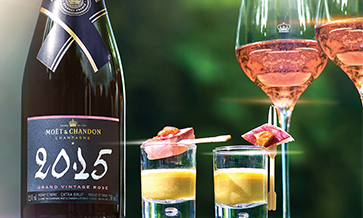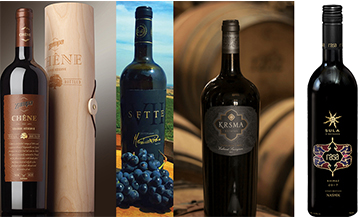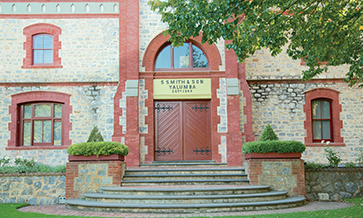The change in recent years has been very encouraging: a lot of families, women’s groups and young people (aged 25 to 35) are drinking more wines and appreciating them. We see this at our winery too. We sometimes have families aged 25 to 75 years, who are all interested in knowing more about wines.
A lot of teetotallers these days are initiated into drinking wines by first trying sangrias or other wine-based cocktails. Women, again, are increasingly opting for red wines, as opposed to the earlier belief that they prefer whites or roses.
We have four types of visitors: we see single men and women, all-women’s groups, families and students who come for a winery tour and tasting session. In our winery tours, our team tweaks the session to suit the requirements and level of interest of the guests.
To my mind wine events are not necessarily a gathering of wine lovers or wine aficionados. Such events do not serve the purpose of wine education. The real emerging consumer is the one who travels to wine producing places such as Nashik in India.
Current challenges
Indian wines are at a huge disadvantage, since entry-level wines are imported at a very low price and sold at rather high prices, which increases the profit margin for the seller. The best way to bridge this gap is to have a minimum base level set for all wines imported into the country.
The on-trade in India stocks and promotes wines for commercial considerations rather than quality. In the West, cafes and restaurants give preference to locally produced wines. Wines from other countries are listed below the local wines. It is the reverse in India!
Off-trade usually insists on huge incentive schemes that are commercially unviable, especially for boutique and quality producers such as Vallone.
Allowing e-commerce platforms to sell wines will ensure a level playing field for all producers and increase visibility of wines. Any benefits that the producer offers will go directly to the consumer. Also, the consumer gets a bigger variety to choose from.
What is needed is for sommeliers and store owners to choose wines based on quality, not commercial considerations alone, of picking the wines that offer the deepest discounts and deals.
Wine culture
We had more than 20,000 footfalls per year before the Covid-19 pandemic. A large majority were wine lovers, travellers from Mumbai, Nashik and Pune. After the lifting of the lockdown, we have seen a jump of more than 20% per month, which is very encouraging!
It shows that people want to travel to places where the distance is comfortably drivable, boutique places where they are unlikely to encounter large crowds, and where they can experience a memorable getaway without travelling too far.
The world over, wine tourism is a major contributor to the growth of a wine business. Few consumers know the effort that goes into making a bottle of wine, until they come and do the tour.
Our sales of wines have increased considerably ever since we started our wine hospitality activities. Besides boosting cellar-door sales, a memorable experience makes the person a loyal consumer – s/he looks out for your wines in his/her home cities as well!
There is definitely a market for ready-to-drink beverages. While we at Vallone haven’t experimented with these, anything that helps spread the wine culture in the country must be welcomed. With the growing number of Millennial consumers there is immense scope for fruit wines and wines in cans.














